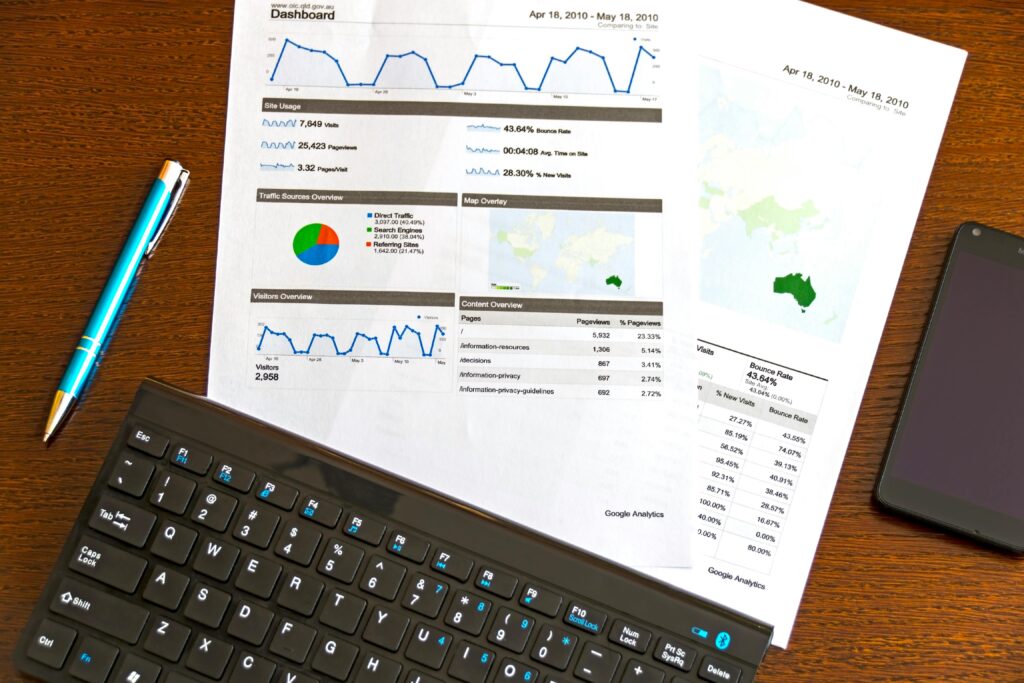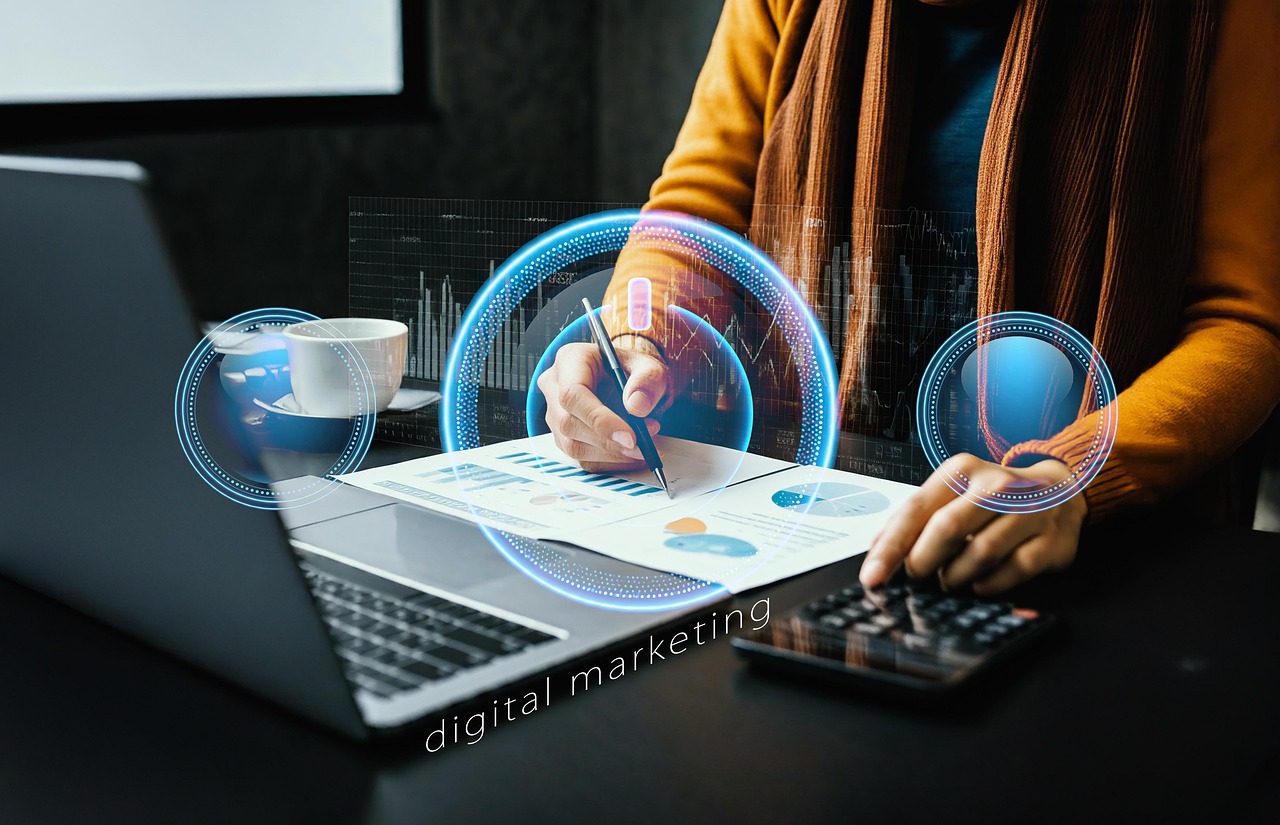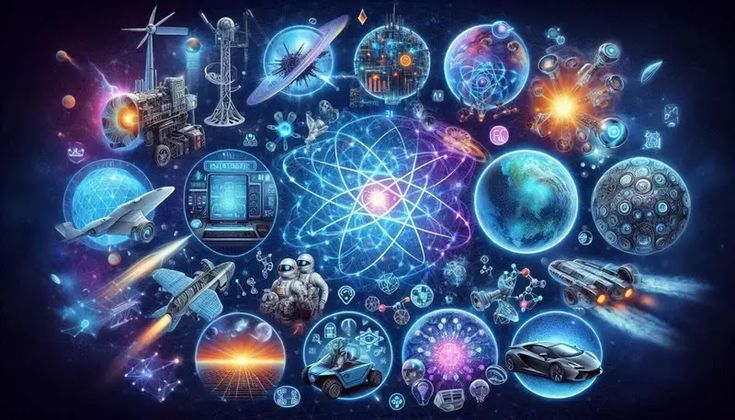Discover the most effective marketing automation strategies in 2025. Learn how to streamline your marketing, boost engagement, and drive ROI with smart automation tools.
Introduction
Marketing Automation Strategy: What You Need to Know in 2025 Marketing automation is no longer a luxury — it’s a necessity. In 2025, businesses that want to stay competitive are leveraging smart tools, AI-powered platforms, and personalized workflows to drive better results with less manual effort.
Whether you’re new to automation or refining an existing strategy, this comprehensive guide will walk you through everything you need to know about marketing automation in 2025. From AI integration to personalization and omnichannel campaigns, we cover the top strategies and tools that are reshaping digital marketing. Marketing Automation Strategy: What You Need to Know in 2025
What is Marketing Automation?

Marketing automation refers to the use of software and technology to automate repetitive marketing tasks such as email campaigns, lead nurturing, social media posting, ad management, and customer segmentation. It allows marketers to save time, improve accuracy, and increase ROI by delivering the right message to the right person at the right time. Marketing Automation Strategy: What You Need to Know in 2025
Why Marketing Automation Matters in 2025
1. AI and Machine Learning Are Now Essential
In 2025, AI is not just a trend — it’s the backbone of most automation systems. AI helps brands analyze data, predict customer behavior, and personalize campaigns at scale.
2. Consumers Expect Hyper-Personalization
Generic content no longer converts. Marketing automation now uses real-time data to deliver personalized experiences across email, SMS, and web platforms.
3. Marketing Teams Are Leaner
With the rise of remote work and budget-conscious operations, teams rely on automation to maintain performance without adding headcount.
Core Components of a 2025 Marketing Automation Strategy
1. Customer Journey Mapping
Understanding your audience’s path from awareness to conversion is essential. Use automation tools to visualize and optimize each touchpoint.
2. Behavioral Triggers
Modern automation platforms can respond instantly to customer actions — like abandoning a cart or downloading an eBook — with customized messages.
3. Omnichannel Campaigns
Effective automation spans email, social media, chatbots, mobile apps, and even voice search. Campaigns must be cohesive across all platforms.
4. Lead Scoring and Segmentation
Automatically score leads based on activity and engagement, and assign them to appropriate sales funnels or nurture sequences.
5. Analytics and Performance Tracking
Measure every step of the funnel using built-in analytics. Understand what’s working, where drop-offs happen, and how to optimize.
Top Marketing Automation Tools in 2025
- HubSpot – All-in-one CRM, email marketing, and automation platform
- ActiveCampaign – Best for small businesses needing advanced automation
- Marketo Engage (Adobe) – Enterprise-grade B2B marketing solution
- Klaviyo – Preferred by ecommerce brands for email + SMS automation
- ManyChat – AI-powered chatbot automation for social media
SEO Tip: Keywords to target: “best marketing automation tools 2025,” “AI marketing platforms,” “automated marketing software.”
Key Benefits of Marketing Automation in 2025
- Time Efficiency: Schedule and deploy campaigns in advance
- Increased Conversions: Target users based on behavior and preferences
- Better ROI: Eliminate manual work and reduce errors
- Customer Retention: Automated follow-ups and loyalty programs
- Scalability: Manage 100,000+ contacts with the same ease as 1,000
Real-World Use Case: B2C Brand Success
Brand: GreenGlow Skincare
Strategy: Used Klaviyo to create behavior-triggered email and SMS campaigns based on purchase and browsing data.
Result:
- 38% increase in repeat purchases
- 24% higher average order value
- 2x email open rates compared to non-automated campaigns
How to Build Your 2025 Marketing Automation Strategy
Step 1: Define Goals
Start with clear, measurable objectives such as increasing leads, improving conversion rates, or enhancing customer experience.
Step 2: Choose the Right Tools
Select a platform based on your business size, industry, and goals. Look for integrations with your existing CRM and website.
Step 3: Segment Your Audience
Create audience segments based on behavior, demographics, and engagement. Automation is only as good as your data.
Step 4: Create Content and Workflows
Design automated workflows for onboarding, promotions, abandoned carts, re-engagement, and upselling.
Step 5: Monitor, Test, and Optimize
Use A/B testing, analytics, and customer feedback to refine your workflows continuously.
Final Thoughts
In 2025, marketing automation is more powerful, more intelligent, and more essential than ever. By investing in the right tools and strategies, businesses can deliver personalized experiences at scale, convert more leads, and stay ahead of the competition.
Don’t wait — start building your marketing automation strategy today and future-proof your brand for success.
Call to Action
Looking to automate your marketing in 2025?
Contact us today for a free consultation, or subscribe to our newsletter for weekly automation tips and tools.
Related Articles:
- Top Digital Marketing Trends in 2025
- How AI Is Transforming Customer Experience
- Email Marketing Automation Tips That Convert




